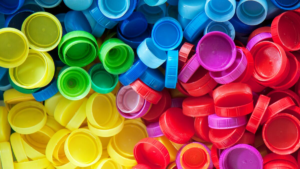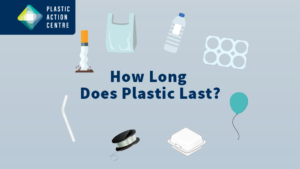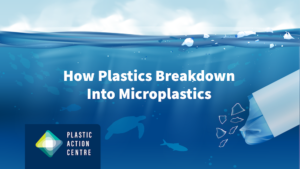The Great Lakes are awash in plastic. A new project is using trash-trapping technology to get rid of it
Two years ago, Mark Fisher was out kayaking on Lake Superior with his family when they decided to stop on a remote island for lunch.
But what should have been a pristine picnic spot, far from busy marinas or industry, turned out to be covered with pre-production plastic pellets, washed up on the beach after a train derailment years earlier.
Fisher was disturbed. But, he says, those pellets represent the tip of the plastic iceberg.
“On an annual basis, roughly 20 million pounds of plastic are finding their way into the Great Lakes on both sides of the border,” he said. “We found [that] quite alarming.”
In his role as president and CEO of the Council of the Great Lakes Region, Fisher is now helping to lead a project to collect some of that plastic from marinas around the province using two kinds of trash-trapping technology: Seabins and Littatraps.
Among the project’s partners: environmental NGO Pollution Probe, the University of Toronto’s Trash Team, and the Boating Ontario Association.
The Seabin is a floating garbage can invented in Australia that sucks in trash, while Littatraps are installed inside storm drains to catch refuse before it enters waterways.
By the end of October, Fisher says, 23 marinas in places as far-flung as Thunder Bay, Trenton, Midland and Spanish, Ont. will have a Seabin of their own, with 14 of them adding a Littratrap as well.
“This is by far the single largest deployment in the world of Seabins and Littatraps, particularly in a freshwater environment,” said Fisher.
Pilot project launched in Toronto last year
The seeds of the new initiative began in Toronto, where three Seabins were installed as a pilot project by Ports Toronto at the Outer Harbour marina and Pier 6 in 2019.
Working with the University of Toronto’s Trash Team, the agency says it is now capturing about 3.59 kg of trash per bin per day.



